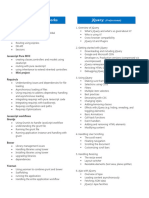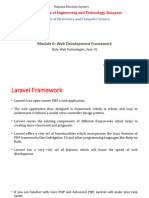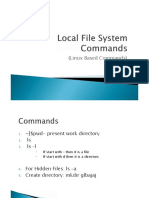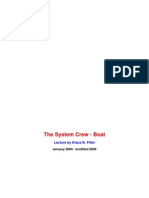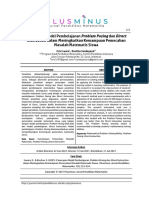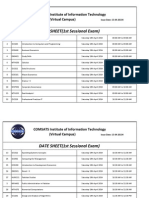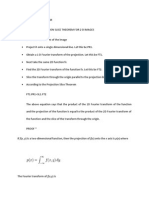0% found this document useful (0 votes)
24 views18 pagesUnit 5 Full Stack
The document provides an in-depth explanation of various web development concepts, including MVC architecture, AngularJS directives, web services, file handling in Node.js, and the differences between Django and AngularJS. It covers the components, advantages, and disadvantages of MVC, details on AngularJS directives and their functionality, and the principles of web services. Additionally, it discusses UI/UX design principles, tools, and provides a step-by-step guide to building a real-time todo list application using ReactJS.
Uploaded by
kaishwarya978Copyright
© © All Rights Reserved
We take content rights seriously. If you suspect this is your content, claim it here.
Available Formats
Download as DOCX, PDF, TXT or read online on Scribd
0% found this document useful (0 votes)
24 views18 pagesUnit 5 Full Stack
The document provides an in-depth explanation of various web development concepts, including MVC architecture, AngularJS directives, web services, file handling in Node.js, and the differences between Django and AngularJS. It covers the components, advantages, and disadvantages of MVC, details on AngularJS directives and their functionality, and the principles of web services. Additionally, it discusses UI/UX design principles, tools, and provides a step-by-step guide to building a real-time todo list application using ReactJS.
Uploaded by
kaishwarya978Copyright
© © All Rights Reserved
We take content rights seriously. If you suspect this is your content, claim it here.
Available Formats
Download as DOCX, PDF, TXT or read online on Scribd
/ 18





























